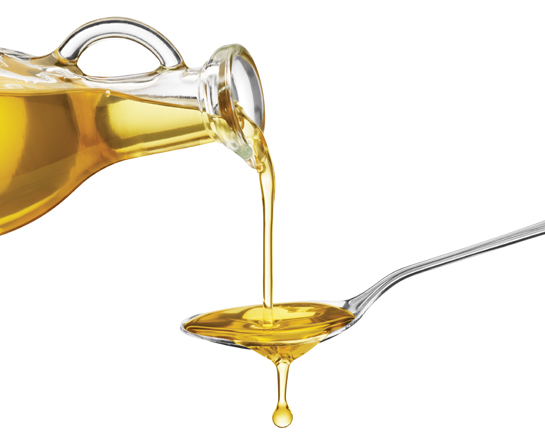Fats - Do we need them?
May 1, 2022 Return

Most of us recognize that we should be cutting down on fats. However, do we realize that it is even more crucial to try substituting the saturated fat we consume with unsaturated fat?
We need some fat in our daily diet as fat assists the body to absorb some vitamins. In addition, it is a good source of energy and the essential fatty acids that our body cannot produce on its own.
However, consuming a lot of fat may lead to a higher energy intake than is required, making us more likely to gain weight. Hence, if we want to eat healthily and have an ideal body weight, opt for lower fat alternatives whenever possible. Although it is crucial to reduce fat consumption, we also have to consider the types of fat we are consuming. We should be cutting down on foods that are high in saturated fat or trans fat, and substitute them with unsaturated fat instead.
Know the fats
Consuming too much saturated fat may raise blood cholesterol levels, which increases the chance of developing heart disease. Saturated fats such as butter, lard, ghee, full cream dairy products and coconut milk should be consumed minimally.
Trans fat can raise blood cholesterol levels, just like saturated fats. In fact, the effects of trans fat may be worse than that of saturated fat. Trans fats are frequently found in biscuits, cakes, hard margarine and frozen processed food.
Therefore, unsaturated fats may be a better choice. Substituting saturated fats with unsaturated fats may reduce blood cholesterol levels and provide us with the essential fatty acids that our body requires. For instance, the unsaturated fats found in oily fish may help reduce the risk of heart disease. Sources of unsaturated fats include oily fish, nuts and seeds, olive oil, sunflower oil and vegetable oils. However, these oils are not suitable for deep fat frying due to their low smoking point and chemical composition.
How much is too much?
If we wish to cut down on fat, we may compare the labels of different brands of similar food products and choose those with less fat and less saturated fat. Use the following as a guide to understand whether a food is low or high in fat or saturated fat.
Phrase | What it means |
|---|---|
High in fat | More than 20g of fat in 100g of food |
High in saturated fat | More than 5g of saturated fat per 100g of food |
Low in fat/low fat | 3g or less fat in 100g of food |
Low in saturated fat | 1.5g or less saturated fat in 100g of food |
Foods with fat/saturated fat content between the high and low values stated in the table above are considered to have medium fat/saturated fat content.
Other ways to trim the fat
Remember, the amount of a particular food we consume affects the amount of fat we will get from it. Below are some ways to help us cut down on fats, particularly saturated fat:
- Measure cooking oil using tablespoons instead of pouring it straight from the container.
- Use unsaturated oils such as olive oil, sunflower oil instead of lard, butter or ghee in cooking.
- Choose lean meat and trim off any visible fat.
- Bake, grill or steam instead of frying so you do not have to add any extra fat.
- When you are choosing food products, compare the labels so you can select those with less saturated fat or less total fat.
- Select dairy products with lower fat content whenever possible such as skimmed milk, lower fat cheeses or reduced fat yogurt.
- When you are preparing sandwiches, avoid any butter or fat spread if the filling is adequately moist. When fat spread is used, opt for low-fat varieties. Choose one that is soft, straight from the fridge so that it can be spread thinly.

References:
National Institutes of Health. (2001). Third Report of the National Cholesterol Education Program (NCEP) Expert Panel on Detection, Evaluation and Treatment of High Blood cholesterol in Adults (Adult Treatment Panel III).Circulation; 106: 3143.
Albert, C.M. et al. (2002). Blood levels of long-chain n-3 fatty acids and the risk of sudden death. New England Journal of Medicine; 346: 1113-1118.
Siscovick, D.S. et al. (1995). Dietary intake and cell membrane levels of long-chain n-3 polyunsaturated fatty acids and the risk of primary cardiac arrest. JAMA; 274: 1363-1367.
If you like this article, do subscribe here.
